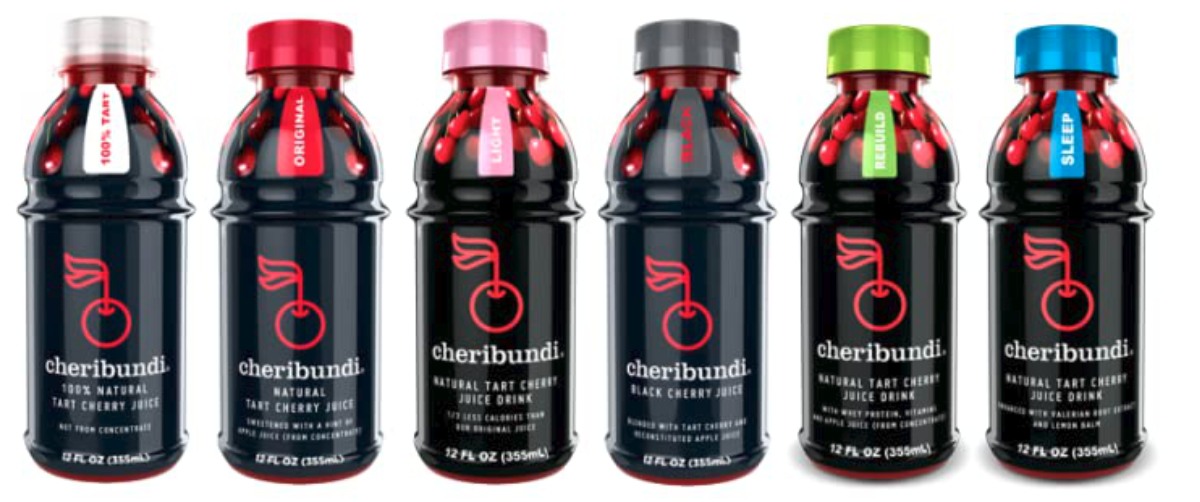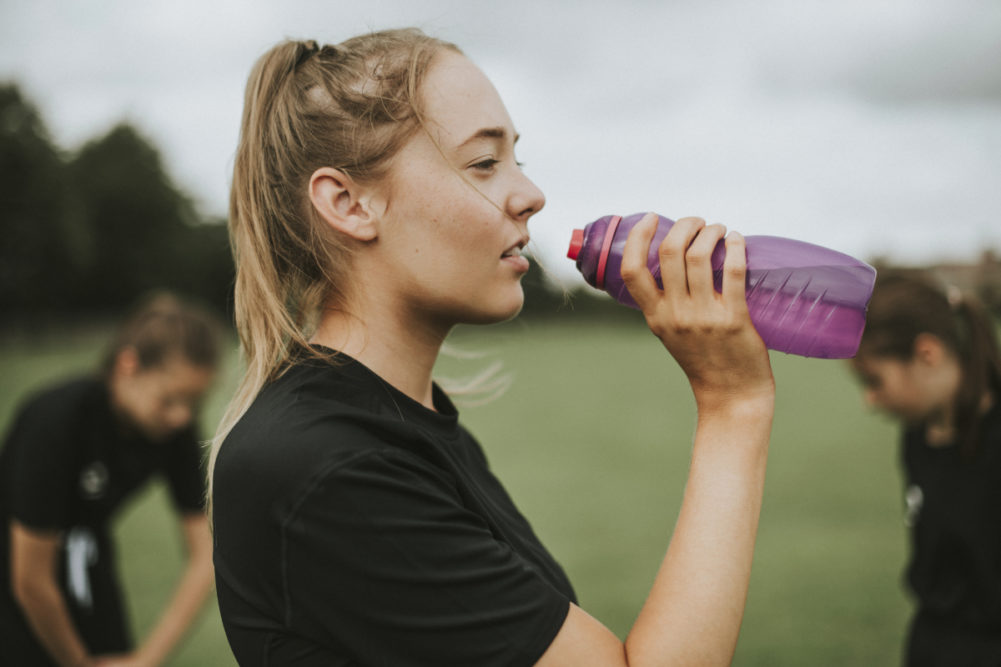 CHICAGO – Sports recovery beverages are formulated for consumption after physical activity and are garnering the attention of exercise enthusiasts looking for ready-to-drink options made with wholesome ingredients.
CHICAGO – Sports recovery beverages are formulated for consumption after physical activity and are garnering the attention of exercise enthusiasts looking for ready-to-drink options made with wholesome ingredients.
Beverages represent an efficient way to replenish electrolytes, carbohydrates and other nutrients that may be lost during intense physical activity when oxidative stress damages muscle. Proper recovery prevents injuries and muscle pain.
“People are much more mindful of exercise and its benefits to health,” said Glyn Howatson, professor of human and applied physiology, Northumbria University, Newcastle upon Tyne, England. “Those more serious about their exercise and sports obviously want to maximize the benefits of training and recognize that while the exercise is the stimulus to get fast, stronger and more endurance, the adaptations need to happen in periods of rest and recovery. This highlights the importance of recovery as an entity in its own right.”
For the most part, this recovery comes from a balanced diet of macro-nutrients (protein, carbohydrate and fats). On some occasions, one may need more.
“While the exercise is the stimulus to get fast, stronger and more endurance, the adaptations need to happen in periods of rest and recovery.” — Glyn Howatson, Northumbria University
“This is ultimately where sport nutrition comes in to play,” Dr. Howatson said. “Traditionally — and you see this in stores everywhere — sports nutrition, especially recovery, is focused on protein and carbohydrates and these are important. Proteins are particularly important for physiological growth of muscle, tendon, bone and so on.
“In more recent years, particularly in elite sports, the levels of performance are getting higher and training and completion schedules are becoming pretty hectic to the point where recovery without some help can be tricky. Enter recovery foods and beverages. This sub-set of sports nutrition is focused on doing two things. First is to reduce symptoms such as loss of strength, power, endurance, muscle soreness and stiffness. Second is to accelerate the recovery process so that one may get back to best performance quickly.”
This is particularly important in times where competition schedules are congested. Think March Madness, where college basketball players may be competing in two to three games in a single week, along with practices and keeping up with their studies.
“As a consequence, you can get accumulated performance decline and so nutritional interventions could help combat these issues,” Dr. Howatson said. “Professional sports are using interventions to help athletes deal with these pressures. Now this information is getting filtered down to the general public.
“Consumers are becoming more aware of functional ingredients that assist with such recovery. Examples include Montmorency tart cherries and New Zealand blackcurrants. Both have naturally occurring high levels of plant compounds like anthocyanins and polyphenols, which can have an anti-inflammatory and antioxidant effect.”
Inflammation and oxidative muscular stress are common after intense exercise. While unavoidable, the negative effects are treatable.
“If not addressed, they can escalate dramatically and can contribute to extended recovery times,” Dr. Howatson said. “Consequently, if you use these foods, it is possible to reduce these negative effects and accelerate your return to play or train.”

Dr. Howatson and some colleagues pooled results of 14 recovery studies on tart cherries that focused on multiple measurements, including muscle strength, muscle soreness, muscle power and several blood biomarkers of exercise-induced muscle damage. They recently published a new meta-analysis in the International Journal of Sports Nutrition and Exercise Metabolism that found tart cherry supplementation — in the form of tart cherry juice, powder or tablets — has a significant effect on improving the recovery of muscle strength and reducing reported muscle soreness after exercise.
“In previous studies, we found tart cherries to have significant benefits on recovery after strenuous exercise involving runners, cyclists and team sports players,” Dr. Howatson said. “Although the overall picture shows a generally positive response, the variations in the response to tart cherries in some published studies are likely due to the differences in study design, dietary control, the study participants and the type of exercise.”
For instance, tart cherry products seem to be more beneficial for exercise that is more metabolically challenging, he said. The authors suggest more research is needed to determine the impact of tart cherries on oxidative stress and inflammation to understand the possible mechanisms.
“We need to understand how to maximize the benefits of such functional foods so we can make informed decisions about how to best exploit them,” Dr. Howatson said. “One area I think will be important is the idea of personalized nutrition, where general guidelines are manipulated to be optimal for each person.
“An example is that we all respond to exercise differently. One athlete might get particularly sore and weak after a heavy weights session, whereas a teammate might not. There could be good rationale for the increase in anthocyanin-rich foods for the sore athlete who is suffering more, whereas the other person can recovery normally.”





